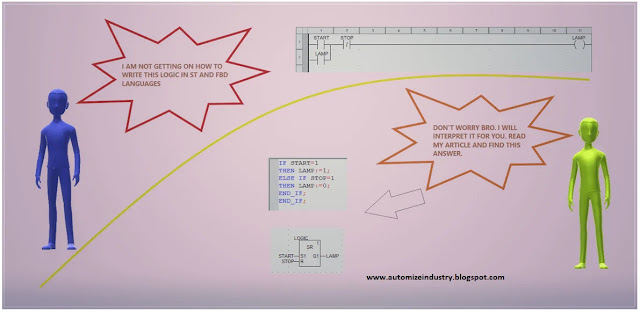What Is Electric Heating
19 Feb, 2023.
In this
post, we will see the concept of electric heating.
In many domestic and industrial applications, heating is required for a certain process. It is the most general used process because heat is required in many uses. Take a simple example of a water geyser installed in your washroom. It will provide you with hot water in cold weather, when most necessary. So, heating is required in many areas. Heating is generally achieved by two ways – natural and man-made. Natural means by burning something like wood, coal which creates combustion and generates heat, or even solar energy; and man-made means by electric heating. Electric heating is the mostly widely used method nowadays to produce heat wherever required. In this post, we will see all the basic concepts related to electric heating.
Electrical Heating:
So, what is electric heating? As the name implies, it is a process where
heating is achieved by means of electricity. Means, the electrical energy is
converted to thermal energy to generate heating. Here, the heat is
produced due to circulation of electric current through a resistance. The
resistance is the main reason for generating heat. Electric heating process is
also dependent on other factors like current flow, and time duration. Let us
first understand each concept properly step by step.
Heating Effect Of Electric Current:
As you know,
electricity flows through a conductor. A conductor is a component which allows
electrons to pass through it. An insulator, on the opposite side, is a
component which blocks the flow of electrons through it. A conductor can be any
material like copper, aluminium, nickel, chromium etc. Every material has it’s
own resistance to electricity. When electricity is provided to the conductor
and if it is resisting, it means it is indirectly resisting the flow of
electrons. These electrons will then collide with other atomic particles in a
conductor. This collision basically produces heat. In the other way, it can
also be seen that the electrons have not travelled all the way to their
destination due to the resistance prevalent. So, this conserved energy can also
be a cause of the heat generation. Majorly, due to the resistance provided for
the flow of electrons, heat is produced in the conductor and this is the reason
how electrical energy is converted into thermal energy.
Now, as
discussed earlier, every material offers different type of resistance depending
on it’s substance construction and component properties. The most widely used
components for electric heating are alloys (mixture of some metals). The
generally used one in electric heating is nichrome (nickel and chromium). This
alloy makes up a heating element, which you normally must have seen in heating
coils used to heat water. This heating element is the main component of
electric heating.
Let us see how
this heating principle works now. As you can see in the below image, a heating element
is connected to a single phase power supply. When electricity is supplied to
the coil material, it starts heating up to the desired temperature. After a
certain period of time, it will reach it’s maximum temperature and maintain it.
And, when the power supply goes off, then due to non-movement of electrons,
there is no collision and thus, no resistance offered. This starts to bring
down the temperature.
Generally, the
heating element is covered inside some insulator material. This is done to
avoid short-circuit, accidental touch and any physical damage to the
environment.
Methods Of Electric Heating:
1.
Power Frequency
Heating
a. Resistance Heating – Direct,
Indirect and Infrared.
b. Arc Heating – Direct and
Indirect.
c. Election Bombardment Heating.
2.
High Frequency
Heating
a. Induction Heating – Direct and
Indirect.
b. Dielectric Heating.
Advantages Of Electric Heating:
If you compare
it with natural heating method, then one main advantage is that you have total
control over it. Burning of elements, solar energy is not in our hand. But, you
manage this type easily as electricity is in our hands. Also, as there is no
combustion, it is totally environmental friendly. You can also easily set the
temperature and use a sensor inside the assembly to give accurate temperature
output as per control. Also, this method is cheaper than conventional heating
methods. Due to all these factors, the efficiency of electric heating is very
high.
I have covered
the general principle of electric heating step by step. I have also not attempted to
cover every theory of these types deeply; you can learn it easily once you get
familiar with them. I have just given you an insight of these types of designs.
Once you are done with these, I am hopeful you will be easily able to understand
electric heating properly. Learn the basics and explore a new type of study in
this type of engineering.
Thank you guys; I hope you enjoyed reading the practices normally used for this type of study in industrial automation.





Comments
Post a Comment
If you have any queries, please let me know